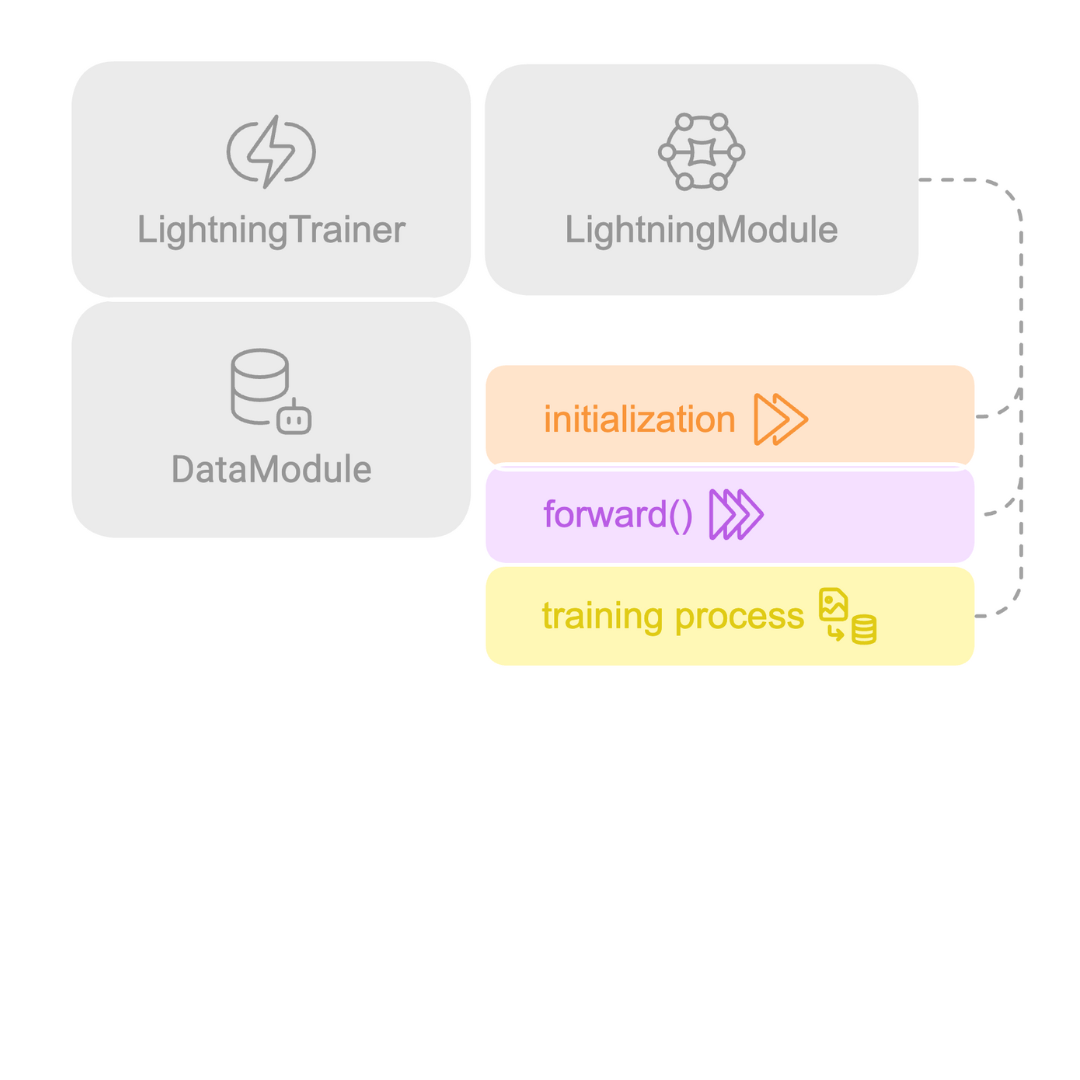Introduction to PyTorch Lightning
Scalable AI Models with PyTorch Lightning

Sergiy Tkachuk
Director, GenAI Productivity
PyTorch & PyTorch Lightning
$$
Standard PyTorch:
- Significant manual effort
- Writing explicit training loops
- GPU/TPU handling, logging, and checkpointing

PyTorch & PyTorch Lightning
PyTorch Lightning:
- Built on top of PyTorch
- Automates:
- Training
- Checkpointing
- Logging
- Reduces boilerplate
- Improves scalability and reproducibility

Overview of PyTorch Lightning
- Example: global e-commerce streamlining workflows
- Visual search model development
- Automated training loops
- Rapid iteration with minimal boilerplate
$$
- Core components:
LightningModuleandTrainerfrom lightning.pytorch import LightningModule from lightning.pytorch import Trainer
Lightning structure
Key components:
- LightningModule: core model logic

Lightning structure
Key components:
- LightningModule: core model logic
- Lightning Trainer: orchestrates training

Lightning structure
Key components:
- LightningModule: core model logic
- Lightning Trainer: orchestrates training
- DataModule: organizes data pipelines
- Callbacks: automates events
- Logger: tracks experiments

LightningModule in action
Key points:
__init__: Defines model architectureforward(): Pass data through the modeltraining_step(): Define training- Custom hooks available
import lightning.pytorch as pl class LightClassifier(pl.LightningModule): def __init__(self, model, criterion, optimizer):super().__init__() self.model = model self.criterion = criterion self.optimizer = optimizerdef forward(self, x): return self.model(x)def training_step(self, batch, batch_idx): x, y = batch logits = self(x) loss = self.criterion(logits, y) return loss
Lightning Trainer in action
Key points:
- Manages training loop
- Supports distributed training
- Handles callbacks & logging
- Optimizes resource usage
model = LightClassifier()trainer = Trainer(max_epochs=10, accelerator="gpu", devices=1) trainer.fit(model, train_dataloader, val_dataloader)
Introducing the Afro-MNIST dataset
A set of synthetic MNIST-style datasets for four orthographies used in Afro-Asiatic and Niger-Congo languages: Ge'ez (Ethiopic), Vai, Osmanya, and N'Ko.

1 Wu, Daniel J., Andrew C. Yang, and Vinay U. Prabhu. "Afro-MNIST: Synthetic generation of MNIST-style datasets for low-resource languages." arXiv preprint arXiv:2009.13509 (2020).
PyTorch Lightning recap

Let's practice!
Scalable AI Models with PyTorch Lightning

